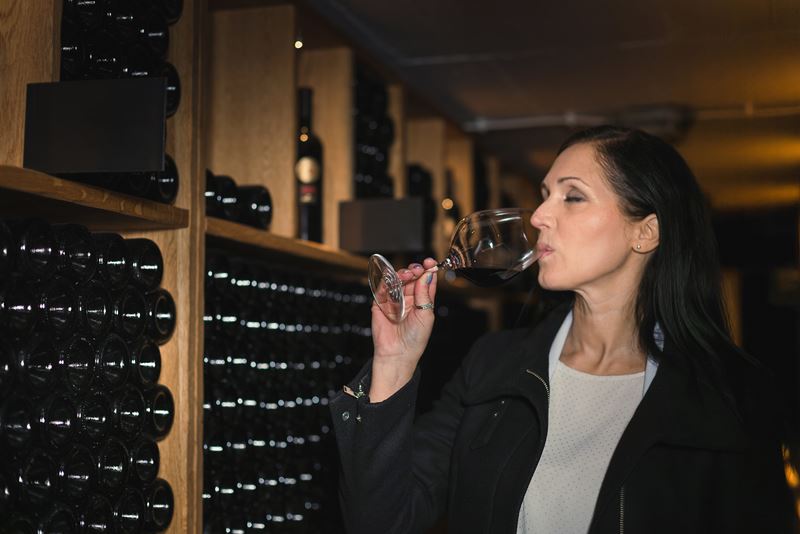What is flavor?
The fascinating world of flavor: understanding taste, aroma, and their influence on wine tasting

In the realm of gastronomy and oenology, the concept of flavor stands as a cornerstone. But what exactly is flavor? Simply put, flavor is the sensory impression created by a combination of taste and smell. Often, we overlook the intricate relationship between these two senses, yet they play a crucial role in our perception and enjoyment of food and beverages, particularly in the complex art of wine tasting.
Flavor: A Synergistic Sensation
At its core, flavor is a fusion of taste and aroma. This equation – flavor equals taste plus smell – is fundamental in understanding how we experience different foods and drinks. Taste, detected by receptors in the mouth and throat, can be broadly categorized into four primary types: sweet, salty, bitter, and sour (or acidic). A fifth taste, umami, identified as a savory or "delicious" flavor, is often debated regarding its classification as a primary taste.
However, flavor is not solely reliant on taste. Aroma plays a pivotal role, contributing between 60% and 75% of what we perceive as flavor. The olfactory system, involving specialized receptors in the nose, is responsible for detecting volatile chemical compounds and translating them into the scents we recognize.
The visual aspect, often understated, also influences our perception of flavor. The appearance of food or drink can send anticipatory signals to the brain, setting expectations and potentially altering how we experience taste and smell. This phenomenon is commonly described as "eating with our eyes."
Understanding Wine Tasting Through the Lens of Flavor

Wine tasting, a sophisticated and much-celebrated practice, epitomizes the complexity of flavor. It is traditionally divided into three primary stages: visual analysis, olfactory analysis, and gustatory (taste) analysis. Each stage offers insights into the wine's characteristics and overall quality.
- Visual Analysis: This initial step involves assessing the wine's color, clarity, and intensity. The visual aspect can set expectations and influence subsequent sensory perceptions.
- Olfactory Analysis: Here, the taster identifies various fragrances and aromas of the wine. Given the significant role aroma plays in flavor, this stage is crucial in forming an overall impression.
- Gustatory Analysis: In this final stage, the wine is tasted to evaluate its primary and secondary flavors, encompassing aspects like sweetness, bitterness, acidity, and umami, as well as textural elements like effervescence and density.
Collectively, these stages enable a comprehensive understanding of the wine, highlighting the synergy between taste, smell, and sight in shaping flavor.
In conclusion, flavor is a multifaceted experience that transcends mere taste. It's a symphony of senses, where aroma and sight play instrumental roles. Understanding this complex interplay is essential for appreciating the nuanced art of wine tasting and the broader culinary experience.
The Impact of Anosmia on Flavor Perception
Anosmia, the inability to perceive smells, dramatically underscores the importance of aroma in flavor perception. This sensory disorder can be temporary or permanent, resulting from various causes such as respiratory infections, neurological diseases, or even aging. Anosmia not only diminishes the ability to enjoy flavors but also poses safety risks, as it hampers the detection of hazardous odors.
For those passionate about food and wine, anosmia can profoundly affect the experience, underscoring the interplay between our senses in shaping our culinary world.
Founded in 2007, Vinetur® is a registered trademark of VGSC S.L. with a long history in the wine industry.
VGSC, S.L. with VAT number B70255591 is a spanish company legally registered in the Commercial Register of the city of Santiago de Compostela, with registration number: Bulletin 181, Reference 356049 in Volume 13, Page 107, Section 6, Sheet 45028, Entry 2.
Email: [email protected]
Headquarters and offices located in Vilagarcia de Arousa, Spain.